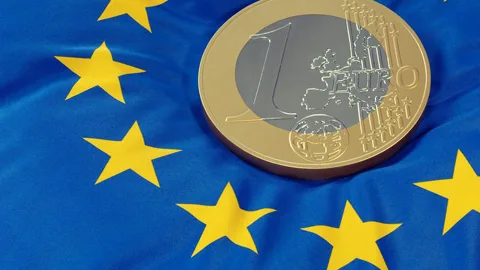The European Central Bank is stepping up preparatory work on a digital euro, opening an innovation platform where nearly 70 private sector market participants can explore functionalities and use cases.
Editorial
This content has been selected, created and edited by the Finextra editorial team based upon its relevance and interest to our community.
After years of preparation, European lawmakers are set to make a final decision on whether to go ahead with a digital euro roll out by the end of the year.
Last October, the ECB put out a call for expressions of interest in innovation partnerships for the CBDC, working with the bank on different aspects of the project. It received more than 100 applications from around 70 market participants, including merchants, fintechs, start-ups, banks and other payment service providers.
These firms now have access to the innovation platform, which simulates the envisaged digital euro ecosystem, in which the ECB provides the technical support and infrastructure for intermediaries to develop digital payment features and services at European level.
The participants are split into two workstreams: “pioneers” and “visionaries”.
Pioneers are investigating how conditional payments in digital euro – transactions that are made automatically when predefined conditions are met – could be implemented from a technical standpoint. It is also developing potential use cases for day-to-day payments.
Meanwhile, visionaries are researching new digital euro use cases and how they could help address societal challenges, such as financial inclusion. For instance, the ability to open a digital euro wallet in any post office to guarantee free access even for people without a bank account or access to digital devices.
ECB executive board member Piero Cipollone says: “The breadth and creativity of the proposals highlights the digital euro’s potential as a catalyst for financial innovation in Europe, including the development of new solutions that further enhance the payment experience for Europeans and create market opportunities.”
Findings from the workstreams will be published later in the year.

